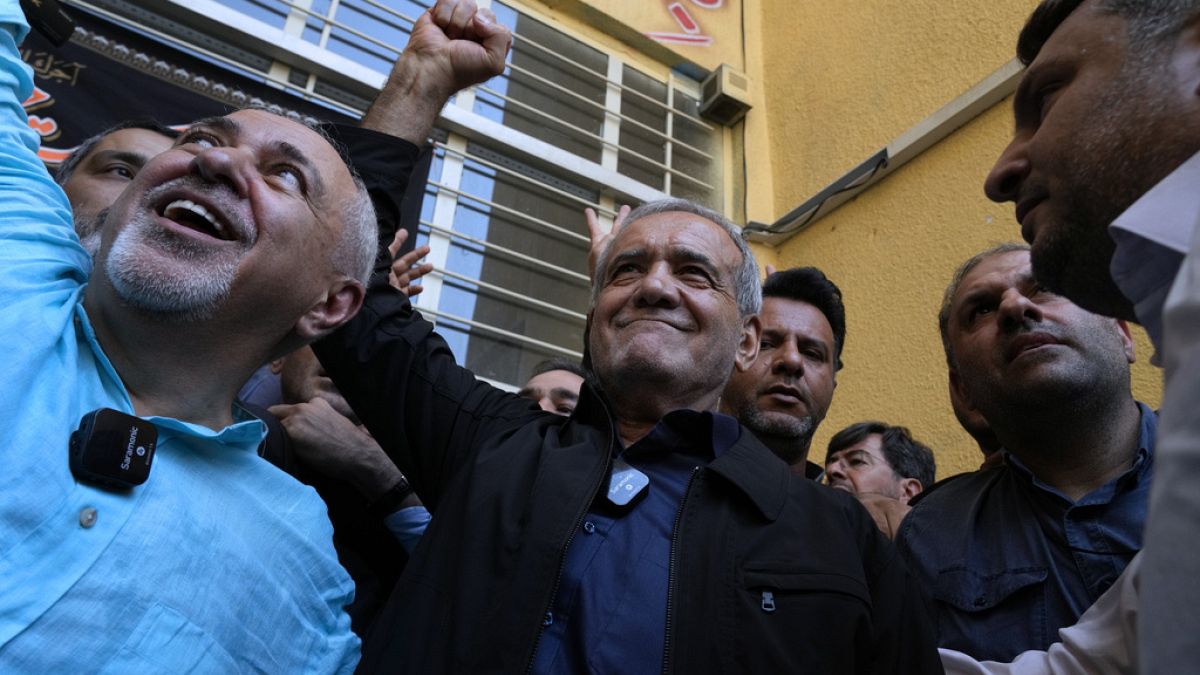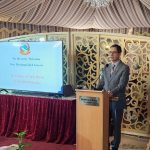Reformist candidate Masoud Pezeshkian emerged victorious in Iran’s run-off presidential election, defeating hard-liner Saeed Jalili. Pezeshkian has pledged to enhance relations with the West and relax enforcement of Iran’s mandatory headscarf law. Despite facing challenges from the hard-liners still dominating the Iranian government, the ongoing Israel-Hamas conflict, and Western concerns over Iran’s nuclear program, Pezeshkian remains committed to maintaining Iran’s Shiite theocracy, with Ayatollah Ali Khamenei as the ultimate authority.
With a vote count showing Pezeshkian garnering 16.3 million votes against Jalili’s 13.5 million, the Interior Ministry reported a total of 30 million votes cast in the election, which lacked international monitoring. Supporters of Pezeshkian took to the streets in celebration as his lead over Jalili widened. Pezeshkian expressed gratitude to the Iranian people and emphasized the importance of their cooperation in navigating the challenges ahead, such as the country’s strained relations with the West and internal political dynamics.
The low turnout during the first round of voting on June 28 marked a historic low for the Islamic Republic since the 1979 revolution. The Iranian officials had hoped for higher participation as a show of support for the Shiite theocracy. Despite state television footage suggesting modest queues at polling centers, online videos revealed empty polling stations in some areas. The turnout for the recent election stood at 49.6%, a figure considered low for an Iranian presidential election. The voided votes, numbering over 600,000, reflect a form of silent protest against the limited choices offered by the candidates.
Pezeshkian’s victory is significant as he hails from western Iran, a region that has not produced a president in decades. This diversity in leadership is viewed favorably by many Iranians who believe it could lead to an administration that offers hope for a better future. The new president’s commitment to outreach to Iran’s different ethnic groups has resonated with voters, who hope for economic improvements, especially for small businesses. Pezeshkian’s ability to communicate in Azeri, Farsi, and Kurdish highlights his inclusive approach to governance, appealing to a wide range of Iranian citizens.
The political landscape in Iran remains complex, with ongoing international conflicts and domestic challenges. Pezeshkian’s presidency comes at a critical time, with tensions running high due to the Israel-Hamas war, Iran’s nuclear program, and the impending election in the United States. As he transitions into his new role, Pezeshkian must navigate the delicate balance between the hard-liners and reformists within the Iranian government while also addressing the expectations of the Iranian people for progress and stability. The path ahead is fraught with challenges, but with the support of the people, Pezeshkian is determined to lead Iran towards a brighter future.































